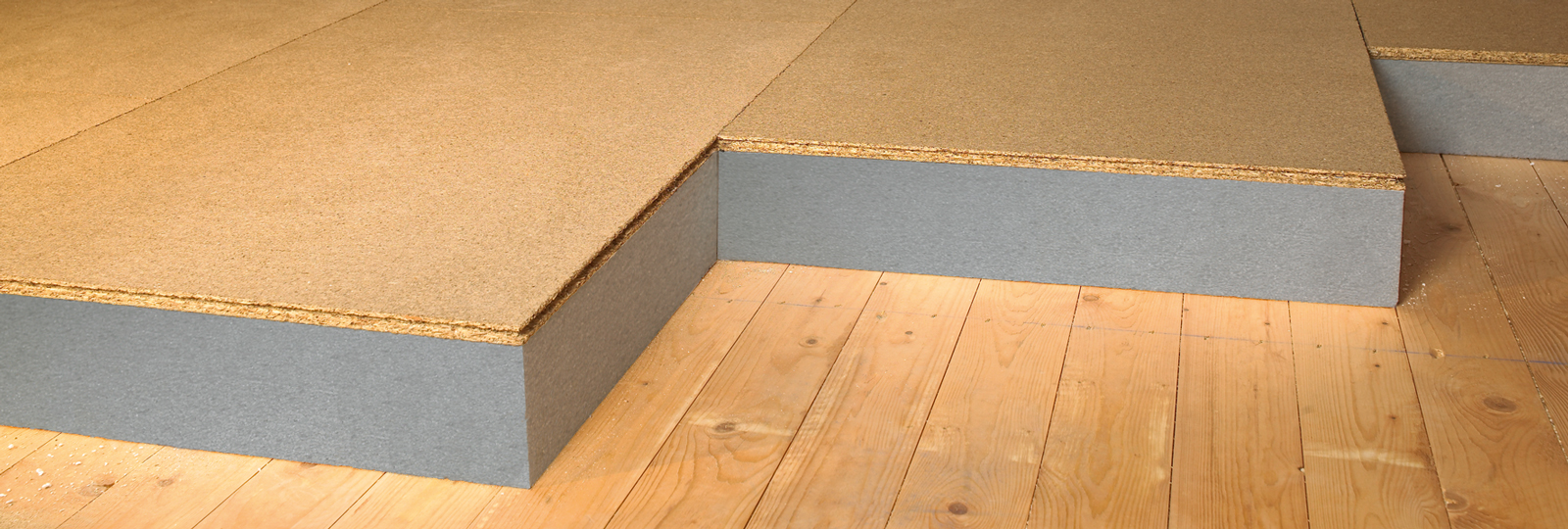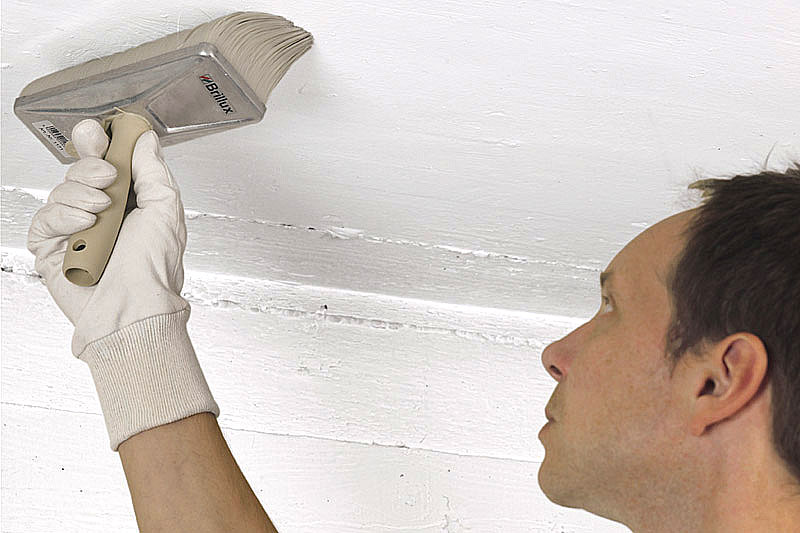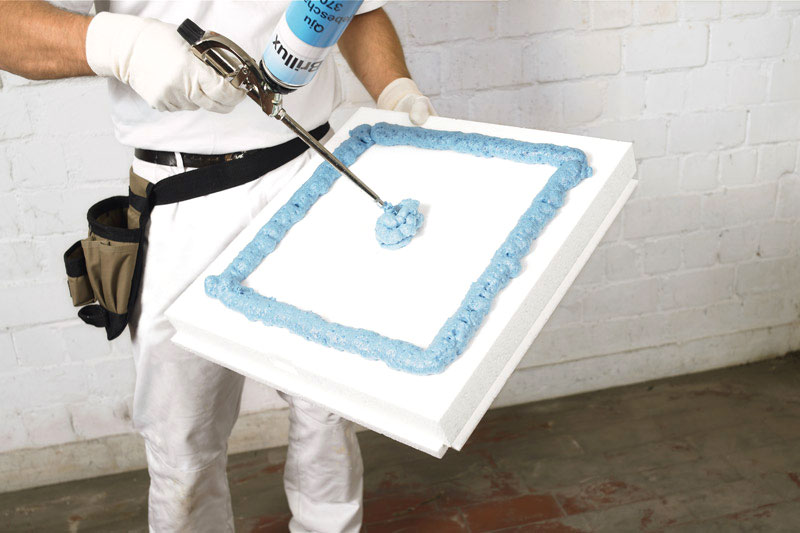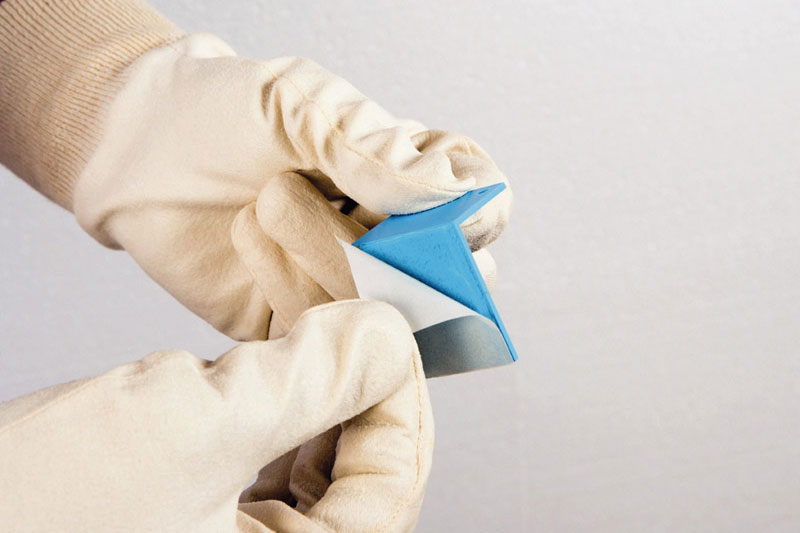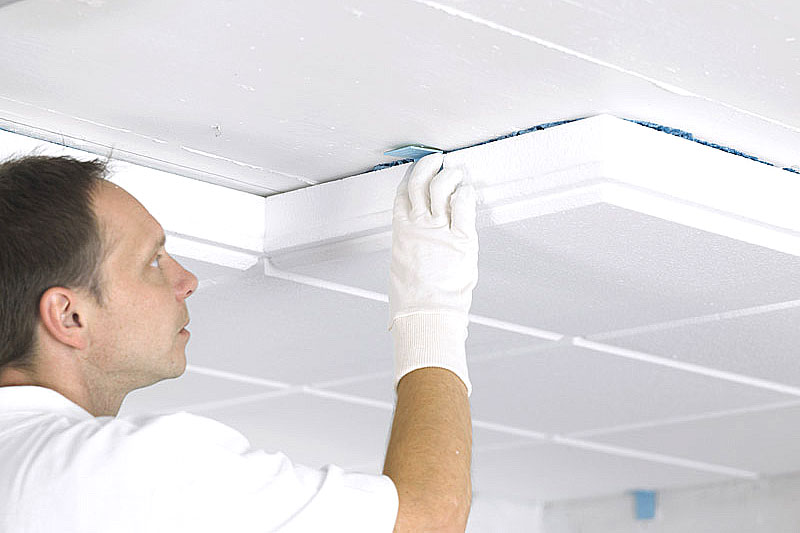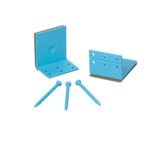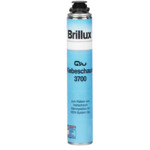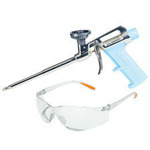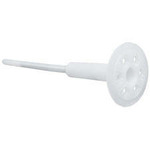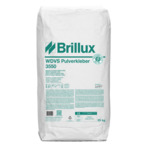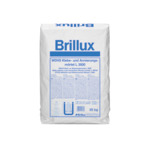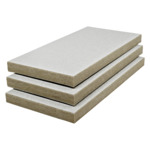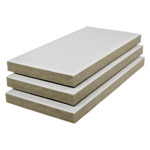Attic
Quickly implemented and highly effective
Up to 50 percent of the heating energy expended can escape through an uninsulated roof or attic, even though the roof pitches of the living area on old buildings, which often have a minimum insulation standard. The ceiling still holds the largest "insulation potential" – or better still the attic above it. Because the concrete ceiling or wooden floor joists covered with plasterboard or a plastered carrier plate are often poorly insulated or not insulated at all. Attic Insulation Boards 3818 and 3819 provide effective insulation there. They are quick and easy to install in the attic, and they neutralize the "thermal bridge". These insulation boards can also be used as dry screed elements with normal walking load. They therefore help to significantly improve the thermal insulation standard – and form an ideal basis for using the attic room either immediately or at a later time.
For maximum insulation values and mechanical stressability
The Attic Insulation Boards 3818 and 3819 consist of compression-resistant, expanded polystyrene hard foam in accordance with EN 13163, combined with particle boards in quality class V 100.
The details:
- 19 mm thick particle boards – equipped with circumferential groove and tongue
- Material class: B2, normal entflammbar (flammable) in accordance with DIN 4102
- Rated thermal conductivity: 0.035 W/(m*K) or 0.032 W/(m*K)
- Board format: 120x60 cm with a useful height of 119x59 cm
- available in total thicknesses of 40, 50, 60, 80, 100, 120, 140, 160, 180, 200, 220, 240 and 260 mm
Basement ceiling
Utilize energy saving potentials
It is not only facade surfaces that offer energy saving potential for heating costs, but also basement ceilings: Up to 20 percent of heat energy is lost into the basement. Thermal insulation measures reduce this heat loss – and also create a pleasant indoor climate.
Qju-Up
With the patented ETIC System Qju, the advantages of the innovative bonding technique can also be used in the basement area. Similar to the facade insulation, the polyurethane-based Qju Adhesive Foam 3700 is used for bonding the EPS hard foam insulation boards. The problem-free bonding overhead is made possible by the unique Qju fixing bracket. It prevents the insulation boards from falling as a result of the typical low cohesive force of freshly applied PU foam. The combination of Qju adhesive foam and the Qju fixing bracket offers a wide range of advantages – also in comparison with conventional bonding with mineral materials. The benefits of Qju-Up:
- Fast, simple, and clean application
- Short set-up times: no mixing of the adhesive required, no water and no power needed, no laborious glue transport, hardly any cleaning times
- Minimal physical strain
Mineral wool systems: Implement fire protection
If non-combustable materials are required for basement ceiling insulation, mineral solutions are the first choice. All mineral insulation systems are certified in accordance with DIN 4102 with the material class nicht brennbar (non-combustible), A1. This is relevant for insulating an escape route, for example. The Basement Ceiling Insulation Boards 3653 and 3654 smartline provide outstanding insulating properties – and also improve the appearance. Application: The mineral basement ceiling insulation boards are full surface bonded with mineral adhesive. A pure anchor procedure is also possible for ceiling mounting – except for the Basement Ceiling Insulation Board 3655 DLF.
